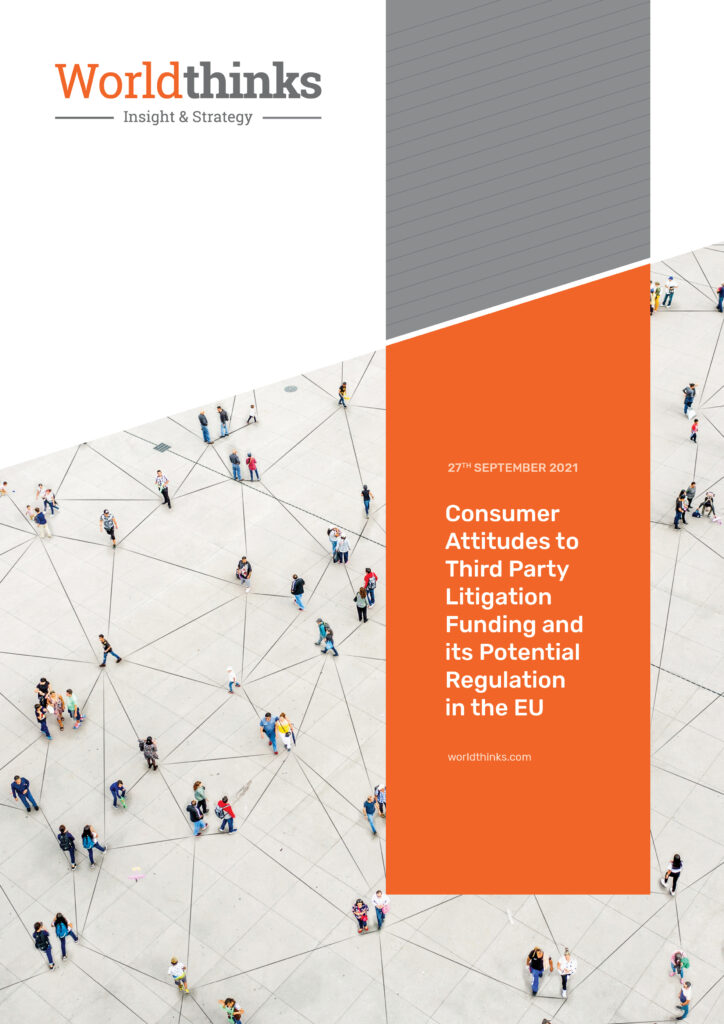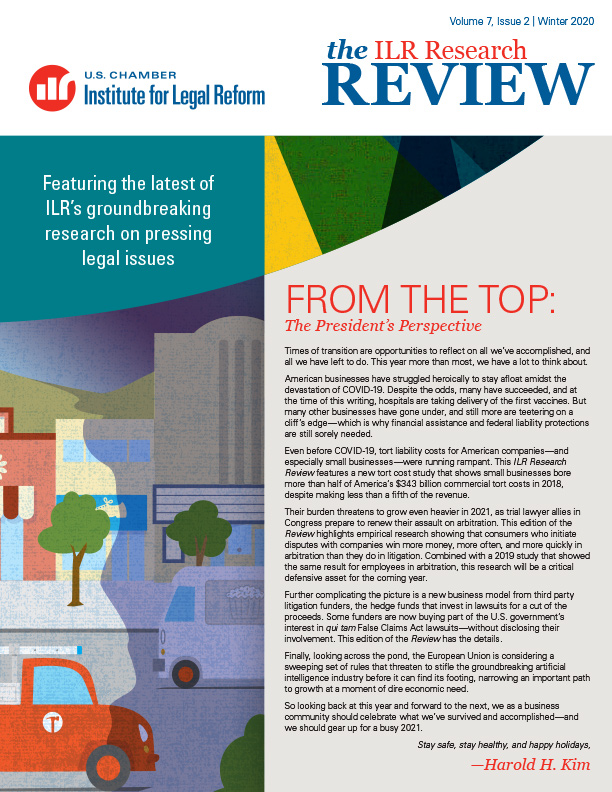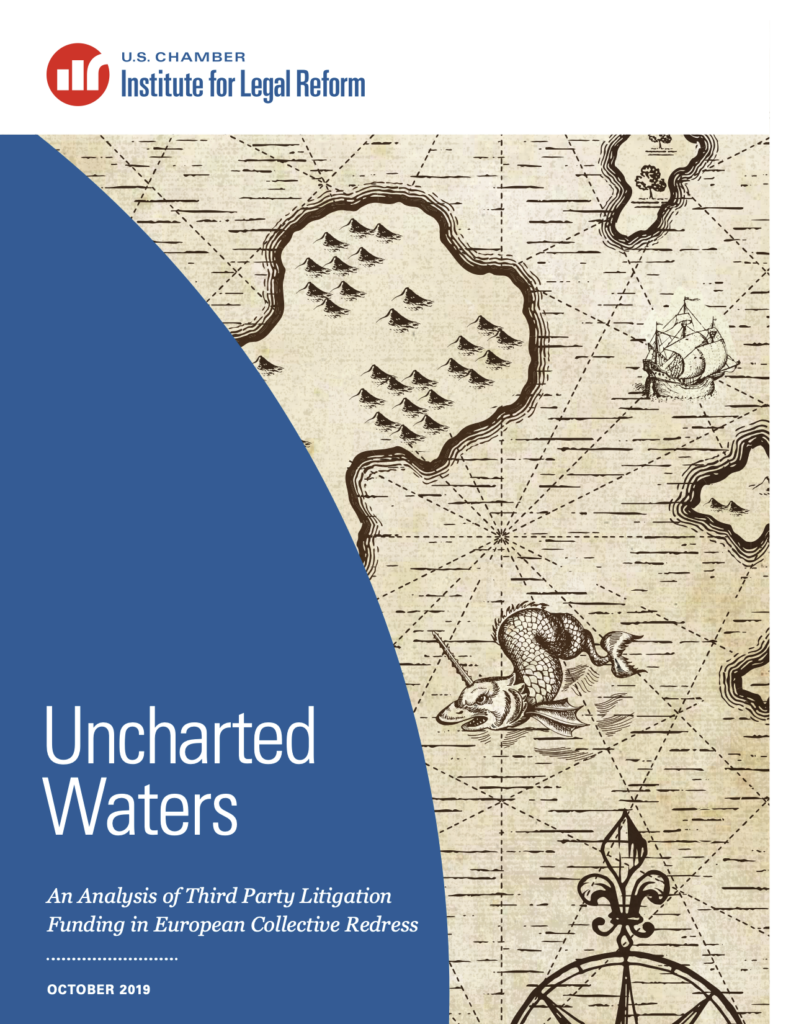Over the past 15 years, there has been a sharp rise in lawsuits brought against United States companies, as well as foreign companies with a substantial U.S. presence, that are premised on alleged personal or environmental injuries that occur overseas. Most of those transnational tort lawsuits have been filed in the United States by plaintiffs’ class action firms, public interest attorneys, and Non-Governmental Organizations (“NGOs”); some have been brought in federal courts under the Alien Tort Statute (28 U.S.C. § 1350) (“ATS”), while many more have been filed in state courts under traditional bases of jurisdiction. A growing number of notable actions also have been filed in foreign courts, with the plaintiffs seeking to obtain judgments they can enforce in the United States.
With increasing frequency, plaintiffs, their attorneys, and their advocates are employing aggressive out-of-court tactics that approach, straddle, and sometimes cross ethical lines in seeking to gain litigation advantages. The tactics, which may vary between cases, have clearly demonstrable patterns. Among them are:
- Aggressive media tactics: Sometimes launched with the help of public relations professionals, plaintiffs and their advocates use a variety of media-related tactics to broadcast their cause, garner support, and inflict negative publicity on corporate defendants.
- Community organizing tactics: Plaintiffs and their representatives organize protests and boycotts of the goods or services of corporate defendants, partner with NGOs and advocacy groups in advancing their claims, and engage in other community organizing tactics.
- Investment tactics: Plaintiffs commonly pursue corporate stock divestment efforts, introduce shareholder resolutions, attempt to influence institutional investors, contact the Securities and Exchange Commission (“SEC”) or state regulatory authorities to initiate investigations, and/or speak at shareholder meetings.
- Political tactics: Plaintiffs’ lawyers often seek to utilize Congressional hearings and other political processes and pressures in the United States and abroad.
- Fraudulent misconduct: Although this study focuses on out-of-court tactics, in several instances, there have been judicial findings or credible evidence of plaintiffs and their lawyers fabricating serious or fatal harms, of judicial corruption, and of material misrepresentations by plaintiffs’ counsel. Although this troubling conduct arose in differing circumstances and perhaps from differing motives, the nature of transnational tort actions – involving facts that can be difficult to verify, foreign plaintiffs frequently living in abject poverty, zealous attorneys acting from greed or cause, and foreign judiciaries susceptible to mischief – appear to create particular vulnerabilities for misconduct. Also observed were a variety of aggressive legal tactics, including overt forum shopping, creative attempts to avoid the federal court removal trigger in the Class Action Fairness Act, filing multiple actions in the U.S. and sometimes abroad covering the same subject matter, and suing in overseas courts only foreign corporations but not state companies or state-owned entities.
Through the out-of-court tactics, plaintiffs and their advocates increasingly are seeking to obtain advantages in litigation through negative publicity and other external pressures on corporate defendants, and sometimes in foreign legal systems that maintain a fragile hold on consistency and fairness. In some cases, litigation may serve as a tactic itself, part of a larger corporate campaign intended to pressure companies to pursue desired changes. Although this study does not reach conclusions regarding the financial or economic impact of the tactics or cases studied, it is logical that companies assessing whether to pursue or continue overseas operations in emerging markets must consider the potentially significant risks associated with the trend.
View PDF


